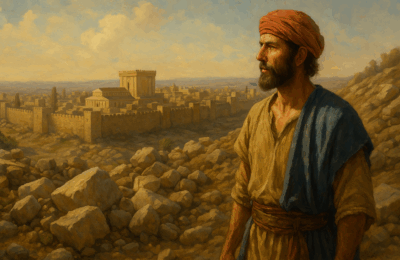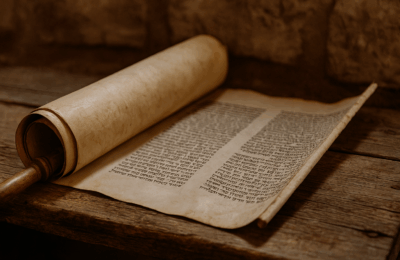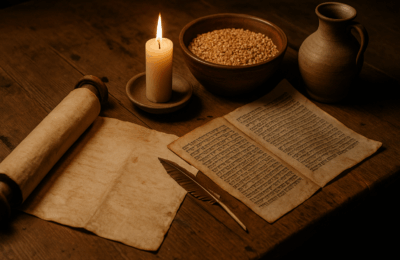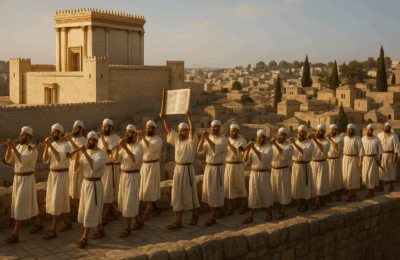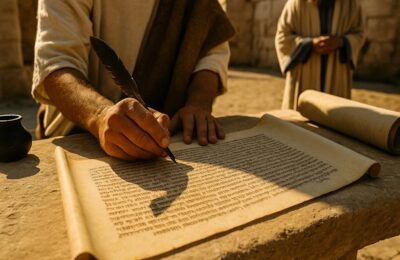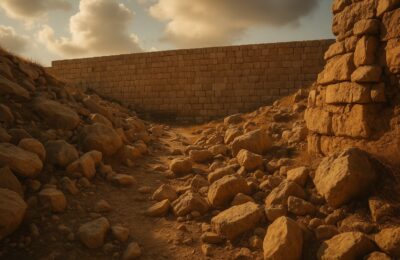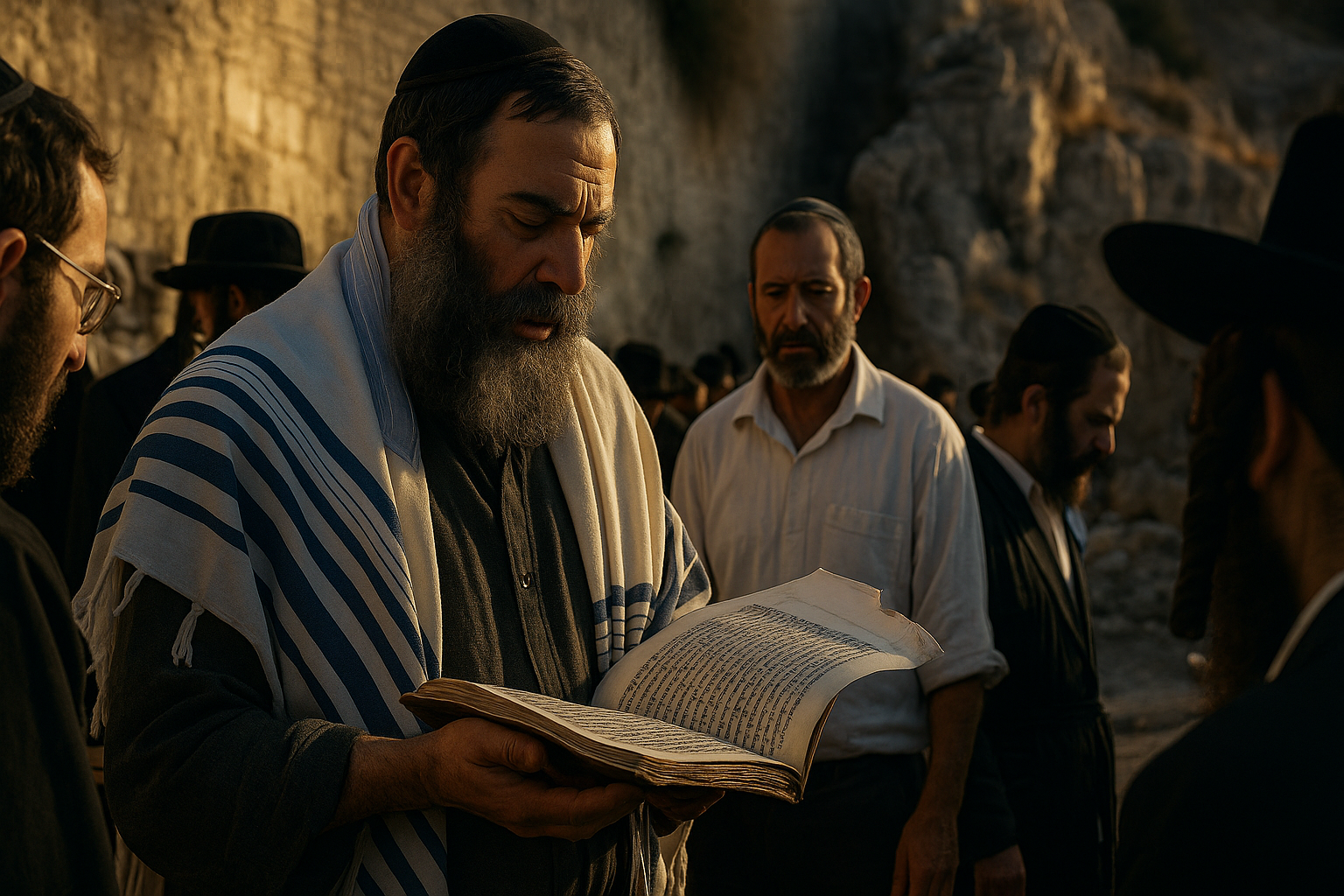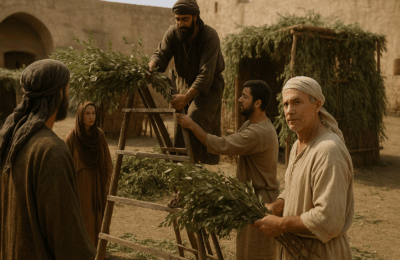Nehemiah didn’t take the credit—and neither did the people. The finished wall pointed beyond their efforts to the faithfulness of God. That’s gospel-shaped leadership.
-
-
We Need to Clean House Again
Nehemiah didn’t ride off into the sunset—he rolled up his sleeves. The people drifted again, and he cleaned house again. Because holiness takes ongoing vigilance.
-
The Sabbath Isn’t for Sale
Nehemiah saw merchants camping outside the gates—ready to sell on the Sabbath. He drew the line. Rest is sacred. And it’s worth guarding with conviction.
-
Accountability at the Gates
Nehemiah didn’t look the other way. He saw compromise in the temple—and acted. Because spiritual drift requires real accountability and courageous correction.
-
Worship that Shakes the Streets
Worship isn’t meant to stay inside. In Nehemiah 12, the city shook with joy as choirs filled the streets. When praise is public, revival gets louder.
-
It Takes a City to Raise a Temple
The wall was finished—but the city was still empty. Nehemiah 11 reminds us that revival begins when ordinary people choose to dwell where God places them.
-
Signed, Sealed, and Resolved
The people signed their names to their faith. Nehemiah 10 shows us that real repentance leads to written commitments—and visible obedience.
-
Confession: The True Comeback Story
Comebacks don’t start with confidence—they start with confession. Nehemiah 9 shows how surrender makes space for God’s mercy to rewrite the story.
-
A Prayer 1,000 Years in the Making
Nehemiah 9 records a prayer that traces God’s faithfulness across centuries—long memory builds lasting faith.
-
Rediscovering the Forgotten Feast
Nehemiah 8 shows a rediscovered feast becomes a revival of joy, worship, and identity.


